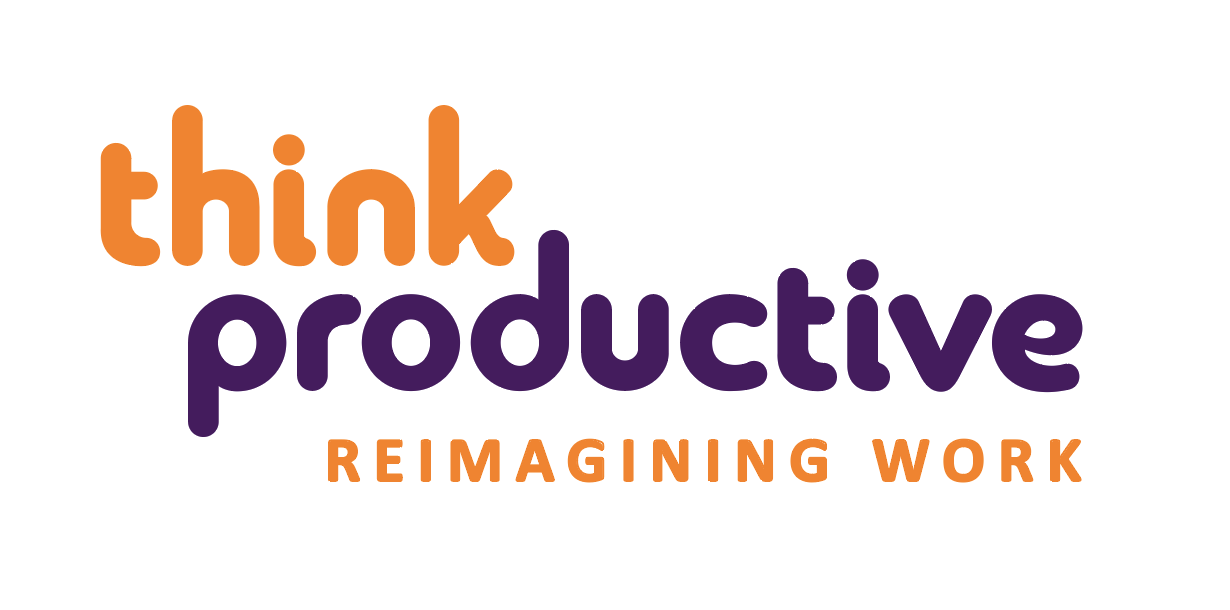You may have had a new gadget for Christmas, or just need some extra help to keep those New Year Resolutions. Either way, here are some of the things to think about when choosing a new productivity tool.
Find out more about personal productivity at our How to be a Productivity Ninja Workshop

Functionality
This is the main factor to consider – so I will spend the most time on it.
Above all, you should look for one that has at least the following:
> A way to add Projects (often called ‘lists’).
> A way to create sub-list categories for your Master Actions List (often called ‘contexts’ or ‘tags’). They will often have both a tags and a context function, in which case you can use both for different things!
> A way to mark priorities, such as high, medium and low (this can either be used as it is intended, or actually used for Proactive, Active and Inactive attention).
> Ability to synchronise with your phone – this is where you start to get the added benefit of being able to view your lists or capture new ideas anytime, wherever you are! Other added extras to look for here include:
> Good search functionality and the facility to save some of your regular searches.
>Date and alarm functionality – personally I trust my system enough not to need to schedule a lot of things by date and my system is enough of a reminder, but many people find this a good additional facility.
>Location/GPS functionality – the ability to have location-specific actions pop up on your screen when your software detects you’re in that location (again, not a necessity, but pretty cool!).
> Ability to capture straight into the program from other places. (For example, one of the most popular apps, Remember the Milk, allows you to capture items inside it by sending them as tweets on Twitter, through Gmail and through web-browser plugins).
> Ability to synchronise with another program such as Outlook (often this is a paid for added extra rather than inherent in the program itself).
> Ability to export your data out of that program if you decide it’s no longer working well for you. (This is also a nice safety feature if you’re worried about one of these apps going bust and your data being stuck in there, which is admittedly pretty unlikely!)
Reliability & track record
With any piece of software you’re trusting to store a lot of data on your behalf in ‘the cloud’, there’s always a small risk that there may be short periods where their servers go down and all of your lists are inaccessible.
Read reviews of the software to look for any issues of reliability, notice what’s being said about customer support if things go wrong and make sure you’re entrusting your valuable data to someone with a track record that suggests they’re able to look after it. Reviews count.
Stylishness
Stylish user interfaces that make it both easy and fun to use are of course a big part of the appeal for the tech-savvy. If something feels easier to use, you’ll instinctively use it that little bit more.
Price
Last and certainly least in terms of consideration should be price.
Paying a couple of pounds for a good phone app that you’ll use every day for years should never be an issue when you think how easily you might waste that money elsewhere.
Similarly, spending £100 on the perfect app has paid itself back very quickly if you imagine the extra revenue, extra commission, pay rises or reduced stress that it brings.
Like this? Try these
Our How to be a Productivity Ninja Workshop
7 Productivity Boosting Apps Think Productive UK
Lifehacker Pack for iPhone: Our List of the Best iPhone Apps
